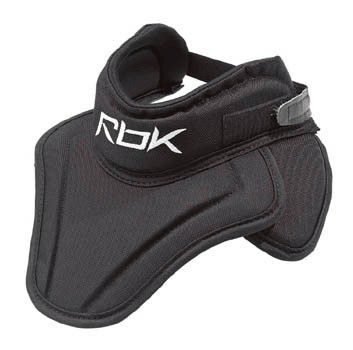
Added 26-7-11
Updated 24-9-23
Recently, I have been reading a few of Erle Montaigue's books and watching some of his videos.
For those of you who don't know, Erle was an ex-wrestler and tai chi master who was kind enough to write the foreword for my book and supply information on dim-mak/vital points.
Many of the techniques of combat tai chi target the neck, since the objective is to take down the foe as quickly as possible.
Erle comments that while we have natural protective reflexes against attacks to the groin or eyes/face, there do not seem to be any for strikes towards the neck.
The neck contains the larynx, the carotid arteries and the spinal cord, so it is of little surprise that so many attacks to the neck are potentially fatal.
I have also been thinking about equipment for prison officers and uniting these lines of thought produced a disturbing discovery.
Stab-proof vests have become standard wear for many professions, but if you image-search “stab-proof vests” you will see that many of them have a fatal design flaw. They do not protect the neck!
Many stab-proof vests I have seen also do not reach down to the belt, leaving the kidneys and lower belly also vulnerable to knife attack.
In my books on self-defence, I observe that in traditional fencing schools the chest region was considered the only area of the body not to make an attack to, due to the possibility of trapping the blade.
Many martial arts teach that the primary targets for spears or knives are the throat and the abdomen.
Empty-handed strikes to the neck region can easily incapacitate or kill an individual, so what use is a stab-proof garment that offers no protection to the neck?
Many modern designs of ballistic armour include throat protection, so why is this feature neglected on stab-proof armour?
It is likely that individuals who have a requirement for stab-proof armour are more likely to be engaged in close-range combat where the neck region can be targeted.
Supposedly, US servicemen fighting in the Philippines were issued with leather collars to protect them from Moros’ blades when fighting at close-range.
If we look to history we see that many designs of armour included neck protection.
Neck protection would not be something like a surgical collar. It would be designed to allow freedom of movement and the circulation of air, yet protect the neck at both front and back.
The Japanese nodawa is worth a look since it includes additional frontal protection that would further protect the suprasternal notch, a common target for both bladed and empty-hand strikes.
In fact, items like the nodawa already exist for ice hockey players.
Obviously, the design shown below is just an example.
An anti-stab neck guard would include other construction materials and protect the back of the neck too.

A properly designed anti-stab collar would not only protect the wearer against blunt force and bladed attacks, but also provide a measure of protection against garrotte and strangulation attacks.
One can imagine a stab-vest with a high, closed collar, rather like the stand collar of a Victorian uniform tunic. This might actually be more comfortable than the fastened collars and neckties that some departments inflict on their personnel in all weathers!
There is a high probability that police officers will encounter knives and other sharp-edged weapons.
Wounds to the hands and forearms are very likely.
Anti-slash gloves are available, so why is no protection for the forearms worn?
The hard plastic “shin-guards” used in certain sports may be adapted as defences, although look out of place if not kept covered by a sleeve.
A defence that can still be used when the weather requires an officer to dress in shirtsleeves or wear short-sleeved shirts is needed.
A soft, flexible “bracer”, made from slash- and penetration-resistant material should be issued.
These should be produced in uniform compatible colours, including LBG.
By the Author of the Scrapboard : | |
|---|---|
 | Attack, Avoid, Survive: Essential Principles of Self Defence Available in Handy A5 and US Trade Formats. |
 | |
 | Crash Combat Fourth Edition Epub edition Fourth Edition. |
 | |
 | |